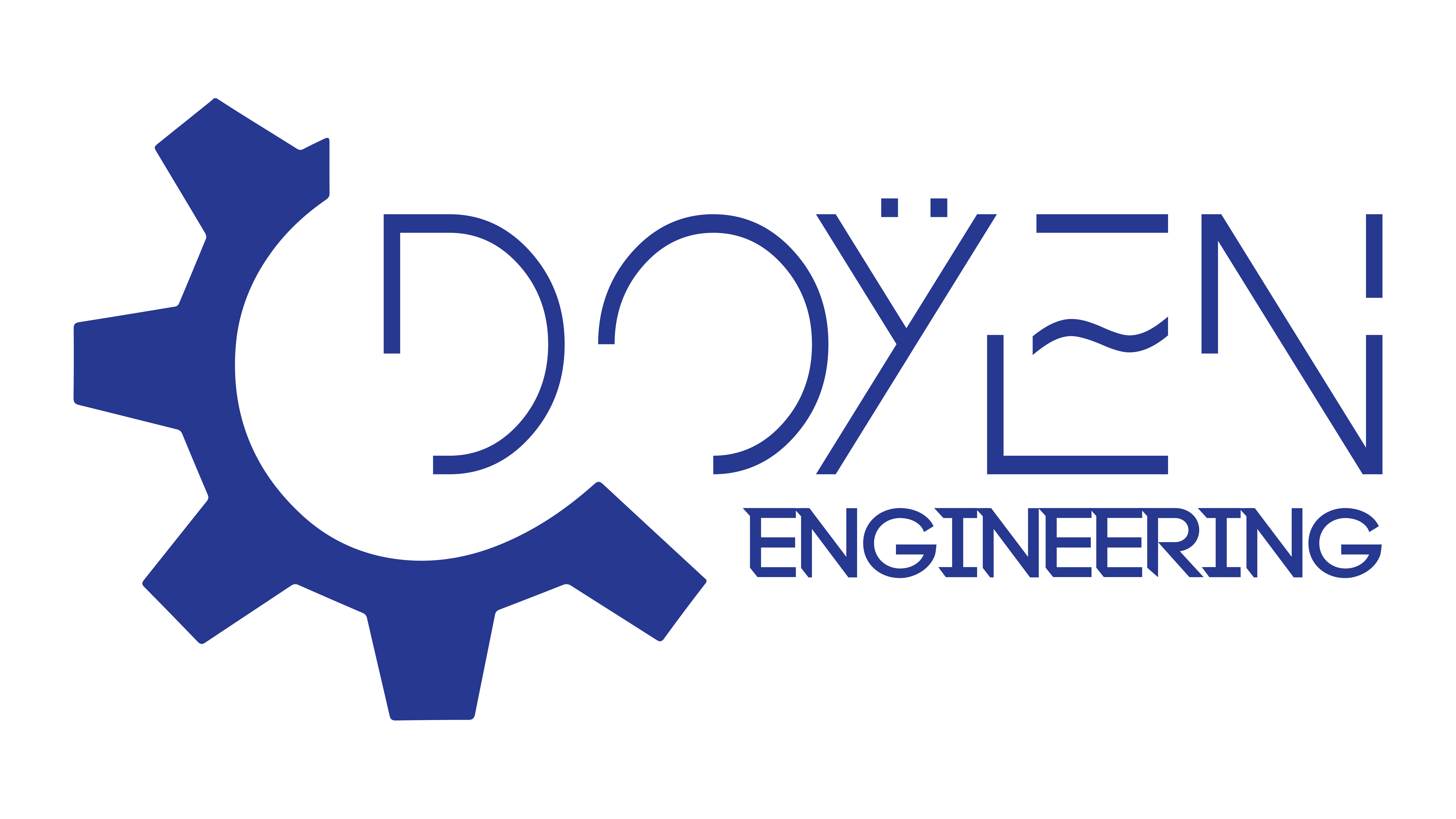
Introduction
Overview of Electrical Engineering
Electrical engineering is a fascinating field that intertwines physics and technology to innovate solutions for a variety of challenges. From designing the circuits and devices that power our smartphones to the intricate systems that help automate our homes, electrical engineers play a vital role in shaping the modern world. The latest advancements in renewable energy, telecommunications, and smart devices continuously push this profession into new territories.
Importance of Addressing Key Challenges
However, with rapid growth comes significant challenges that must be addressed:
- Technological Advancements: Keeping up with innovations demands ongoing education and adaptability.
- Sustainability: The push for greener technologies is critical for overall environmental health.
- Global Supply Chains: Navigating disruptions is essential for maintaining production and efficiency.
Recognizing and tackling these challenges is imperative for the future of electrical engineering, ensuring the profession evolves in a way that benefits society as a whole.
Rapid Technological Advancements
Keeping Up with Industry Innovations
With the pace of change in electrical engineering accelerating, professionals in the field find themselves in a constant race to stay ahead of industry innovations. One interesting anecdote involves a colleague who nearly missed a significant project opportunity simply because they weren’t up-to-date with the latest software tools. To remain competitive, engineers often:
- Attend workshops and seminars to learn about new trends.
- Participate in online courses covering emerging technologies.
- Join professional organizations that promote knowledge sharing.
Impact of Emerging Technologies
Emerging technologies such as artificial intelligence, the Internet of Things (IoT), and advanced grid systems are not just buzzwords; they’re reshaping the landscape of electrical engineering. For instance, AI-powered systems are revolutionizing energy management. Here’s how:
- Increased Efficiency: Adaptive algorithms optimize energy consumption across networks.
- Predictive Maintenance: Early identification of equipment issues minimizes downtime and ensures reliability.
- Smart Grid Integration: Enhanced connectivity improves energy distribution and reliability.
These technologies are not just enhancements; they represent a pivotal shift toward a smarter, more efficient future in electrical engineering. Embracing these changes can position professionals at the forefront of this exciting evolution.

Sustainability Concerns
Energy Efficiency Demands
As the electrical engineering sector progresses, sustainability concerns become increasingly prominent. The demand for energy efficiency is not just a trend; it’s a necessity. For example, in a recent project, a team focused on designing energy-efficient systems for a commercial building, achieving a 30% reduction in energy consumption. This shift illustrates the importance of:
- Utilizing Renewable Energy Sources: Integrating solar or wind energy into designs.
- Optimizing System Designs: Using advanced simulations to predict and improve energy use.
Environmental Impact Mitigation
Addressing environmental impact is equally vital. Electrical engineers are increasingly tasked with developing solutions that minimize harm to the planet. One approach noted in recent discussions is:
- Eco-friendly Materials: Selecting sustainable materials reduces the ecological footprint.
- Life Cycle Assessments: Evaluating the entire lifecycle of a product helps in understanding and reducing environmental impacts.
Through these efforts, the engineering community can contribute to a sustainable future, balancing technological advancement with environmental responsibility. Each initiative counts towards creating a greener planet for generations to come.

Global Supply Chain Disruptions
Managing Worldwide Component Sourcing
In light of recent global events, managing worldwide component sourcing has become a daunting challenge for electrical engineers. Just last year, a colleague faced significant delays in their project due to shortages in critical semiconductor components. This experience underscored the need for proactive strategies, such as:
- Diversifying Supplier Networks: Establishing relationships with multiple suppliers to reduce dependence on any single source.
- Local Sourcing Initiatives: Prioritizing suppliers closer to home can dramatically cut shipping times and risks associated with international logistics.
Resilience in Face of Market Fluctuations
Moreover, resilience in the face of market fluctuations is now essential for success. Engineers must adopt flexible approaches, such as:
- Agile Project Management: Adjusting project timelines and methodologies based on real-time supply chain feedback.
- Forecasting Demand Variability: Employing predictive analytics to better anticipate fluctuations and plan accordingly.
By embedding these practices into their operations, electrical engineers can effectively navigate the complexities of global supply chains, ensuring continuity and innovation despite external pressures. It's about preparing for the unpredictable while staying committed to delivering quality solutions.

Cybersecurity Threats
Protecting Critical Infrastructure
As electrical engineering continues to delve into advanced technologies, cybersecurity threats pose a significant risk, particularly in protecting critical infrastructure. For instance, following a recent webinar, one engineer shared a shocking tale about a power plant that faced a cyberattack, crippling operations for days. To safeguard such vital systems, professionals can implement:
- Multi-layered Security Protocols: Combining firewalls, intrusion detection systems, and regular updates to bolster defenses.
- Regular Vulnerability Assessments: Conducting thorough evaluations to identify and rectify weaknesses in the system.
Addressing Vulnerabilities in Smart Systems
Additionally, with the rise of IoT and smart systems, addressing vulnerabilities is paramount. Engineers must ensure:
- Secure Coding Practices: Adopting rigorous testing measures during the development phase to minimize flaws.
- User Education: Training users about the importance of strong passwords and recognizing phishing attempts can significantly reduce risks.
By prioritizing cybersecurity, electrical engineers not only protect their projects but also contribute to the overall integrity of the systems we rely on every day, ensuring a safer technological landscape for all.





